Mahabharath
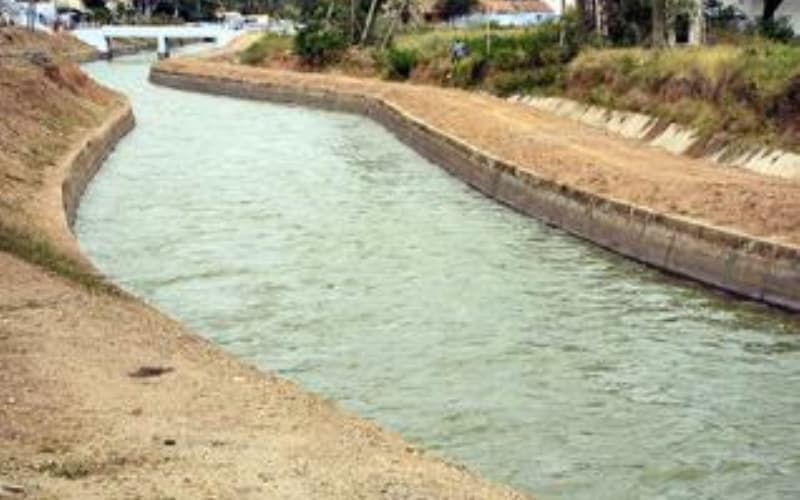
All that are beautiful cannot become archaic and all that are archaic are definitely beautiful. This structure of history marks an important chapter in Kongunad’s immemorial arts. Western Tamil Nadu would have been vastly different if it didn’t have the Kalingarayar canal to nourish it. Velvet paddy fields and waving coconut palms kiss the canal’s banks for the better part of its 90kms run and its calm waters run deep. It was a hydrological wonder when it was constructed and continues to be vital today.
Kalingan, the builder of the Kalingarayar canal, was the ruler of Poondurai division, one of the 24 divisions of Kongunad. His capital was Vellode and he was the ruler of 32 villages. According to one story, Kalingan overheard a cook asking his bride’s father whether he should use coarse or fine rice to serve the guests at the betrothal. To which the response was: “What does it matter whether you cook coarse or fine rice for people living in dry lands?”
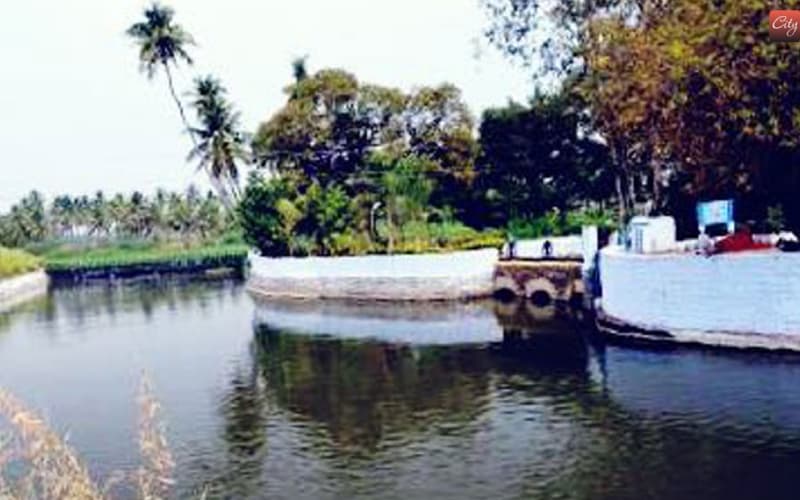
The story of Kalingarayars is enriched by the construction of the eponymous canal by the family during the reign of its founder. According to one story, Sathandhai Kalingan, the ruler of Poondurai, had approached his brother-in-law Pannai Kulathan in Karur, to ask for his daughter’s hand in marriage for his own son. The alliance was accepted, and wedding plans were soon underway.
The wedding would have proceeded without a hitch – and Tamil Nadu would not have had its canal – if not for a careless remark made by the father of the bride-to-be. It appears that Kalingarayar overheard the cook asking the bride’s father whether he should use fine rice or coarse rice to serve the guests at the wedding reception. The cook was told, “What does it matter whether you cook coarse or fine rice for people living in dry lands?”
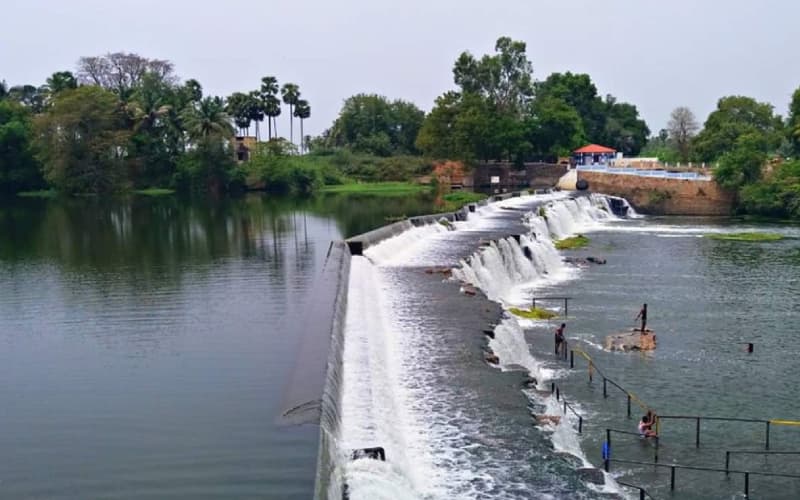
The remark was made in jest but Kalingarayar took offence and left saying he would wed only after he raised wet crops in his lands. A dejected Kalingarayar returned to his capital and vowed not to shave till he achieved his goal. Legend has it that Lord Subramanya appeared in his dream as an old man and advised him to construct an anicut at Bhavani and dig a canal to fulfil his ambition. He was also advised to choose a place where a peacock had chased a snake. Kalingarayar understood that a meandering canal was the solution and work for the canal began in 1270 A.D. It took 12 years to complete (1282 A.D.) and was dedicated to the people of Kongunad.
The canal was constructed with difficulty. Despite being the ruler, Kalingarayar had to acquire the land by paying over 1000 units of gold as compensation to create a road between the Urachi Hills and the site of construction. Eminent agrarian, Sivagiri Palaniswamy says another 1000 units were paid for the boulders needed because the ruler believed in fair play. In order to choose the site of the dam Kalingarayar went on a coracle ride with a fisherman who was then granted special privileges at a temple festival. These privileges continue to this day. He also gave some people privileges at the Elamalai Sellandiamman temple celebrations as they provided implements for the construction.
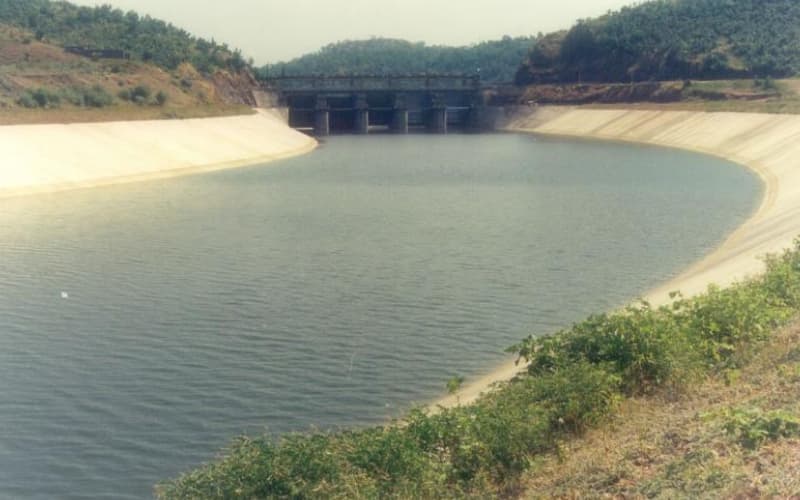
The recently launched websites www.kalingarayar.org and www.kalingarayar.com share a lot of facts about the legacy of the Kalingarayars. Siddharth A. M. R. Kalingarayar, the founder of this novel initiative spoke at length about the same, “A number of royal families from the north are featured in coffee table books and their residences are part of heritage initiatives. Tamil Nadu is known for its temples and royal heritage from time immemorial. We felt that it would be good if we could take our heritage forward through this dynamic website. Heritage enthusiasts from around the world have been visiting Uthukuli over the years and they want to know more about our family and about our connect with the natural heritage. I decided to create a web platform for it can updated on an ongoing basis and it can be accessed from any part of the world.”
As a ruler, he knew he had to take everyone along. In that same spirit, Kalingarayar was quick to introduce social reforms by permitting some backward classes to paint and plaster their houses and to wear footwear. He even allowed them to play musical instruments on special occasions.
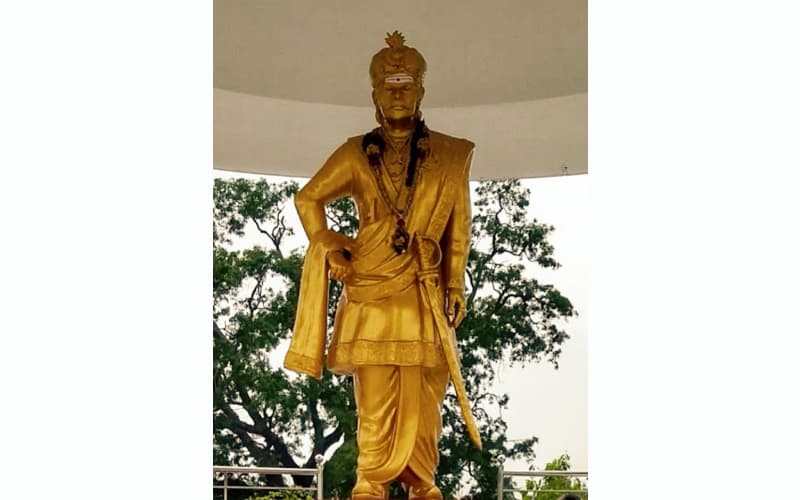
Besides the canal, Kalingarayar constructed several check dams, tanks, and water bodies in Kongunadu. After he was satisfied that his beloved kongunadu was properly irrigated, he went to Karur to keep his promise and celebrate his son’s wedding. Since then, the peacock had been the emblem of the Kalingarayar family.
The winds of change in the 14th century altered the political landscape in South India, and the territory ruled by Kalingarayar family came under the mighty Vijayanagara Empire. From then on, the Kalingarayars became one of the 72 ‘Polygars’ or ‘Palayakkarars’ in the empire and reported to the Nayaka (Viceroy) of Madurai. Each Palayakkarar governed a Palayam, which was an administrative division.
The Government of Tamil Nadu had declared the fifth of the Tamil month of Thai as the “Kalingarayar Day” and a grateful agrarian community celebrates it as “Kalingarayar Pongal”.
NEXT ARTICLE

At the southernmost tip of this mesmerising ensemble lies the majestic Great Nicobar Island, boasting an impressive landmass of about 910 square kilom...

Bharath has always been a land traversed by spiritual masters/ Guru since time immemorial. These spiritual masters have always upheld the core princip...

South India contains its fair share of unique pilgrimage centres. These divine places of worship have a prominent Sthala Purana, devoted followers, di...